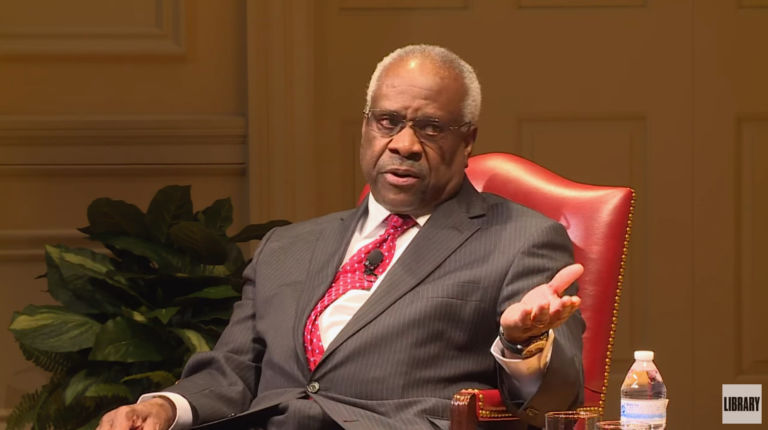In today’s N&O there was an op ed written by Patrick Conway, the chair of the economics department at UNC-Chapel Hill. He pointed to two, what he saw as disappointing statistics regarding unemployed workers in North Carolina and suggested in his conclusion that changes in the unemployment insurance program that went into effect in 2013 were to blame. But, accepting his statistical claims at face value, it is difficult to see how they prove his case.
His first claim is that before 2011 a worker was equally likely to find a job in the month following being unemployed than in the rest of the country while between 2011 and mid-2015 the North Carolina worker was less likely than his counterpart in the rest of the country.
Here’s the issue, the changes in this program went into effect July 1, 2013. So he looks at a 4.5-year period of which only 2 are relevant to his concern with no indication of how the first 2.5 years of data may be impacting the 4.5 year average that he is apparently referring to. And if he is not referring to a multi year average, it is not completely clear, it would be important to look at the change between the first 2.5 and the last 2 years.
So what would the claim look like if it didn’t have 2.5 years of irrelevant data mixed in? I don’t know and the author isn’t telling. It should be noted that the 2011-July 2013 period was not only pre-unemployment insurance reform but also pre-tax reform making them almost completely irrelevant in judging what is going on in North Carolina today.
Also, and this is a point that I will make below, it seems that if one is looking at the effect of changes to unemployment insurance on any economic variable the relevant comparison is not North Carolina with the rest of the country but with itself before and after the policy change.
The second claim is that “beginning in 2013, North Carolina’s unemployed workers were significantly more likely on average to leave the labor force rather than continue searching for jobs. By the middle of 2015, an individual unemployed worker in North Carolina was 30 percent more likely not to search for jobs in the next month than the average unemployed worker in the rest of the U.S.”
Given the inclusion of 2.5 irrelevant years in his previous argument I immediately was suspicious of his exclusion of any years prior to 2013 when discussing this claim. If he’s somehow going to blame changes in unemployment insurance for the likelihood of workers leaving the workforce between 2013 and 2015 then, as with previous example, the appropriate comparison here is not unemployed North Carolina workers with the rest of the country but the situation of North Carolina workers prior to and after the change in the program. In other words, with respect to Conway’s second point, where it would have been not just appropriate but necessary in making his point to include years prior to the law’s change, he chose not to.


